 The Sinclar Group (British Columbia), Interfor and Domtar (Ontario) production reductions trigger a call (COFI) to make the US-Canada lumber dispute a national priority. In related news: a CIBC report says BC and New Brunswick economies are most at risk; Arkansas timber industry is in crisis; Ohio’s hardwood industry seeks tariff relief; Mercer secures support for expansion in Spokane; Mississippi celebrates Southeast Timber’s expansion; and Metsä and Billerud report Q3 earnings.
The Sinclar Group (British Columbia), Interfor and Domtar (Ontario) production reductions trigger a call (COFI) to make the US-Canada lumber dispute a national priority. In related news: a CIBC report says BC and New Brunswick economies are most at risk; Arkansas timber industry is in crisis; Ohio’s hardwood industry seeks tariff relief; Mercer secures support for expansion in Spokane; Mississippi celebrates Southeast Timber’s expansion; and Metsä and Billerud report Q3 earnings.
In other news: First Nations pan Nova Scotia’s law blocking protests; Oregon looks to forests to tackle climate change; and Drax faces lawsuit over wood dust health problems. Meanwhile: CWC promotes mass timber solutions in healthcare; forester Dan Macmaster receives a UBC Alumni Builder Award; and two plastics industry organizations are merging.
Finally, a 1930 Temple Lumber No. 20 steam locomotive is on the move again.
Kelly McCloskey, Tree Frog News Editor
.png)

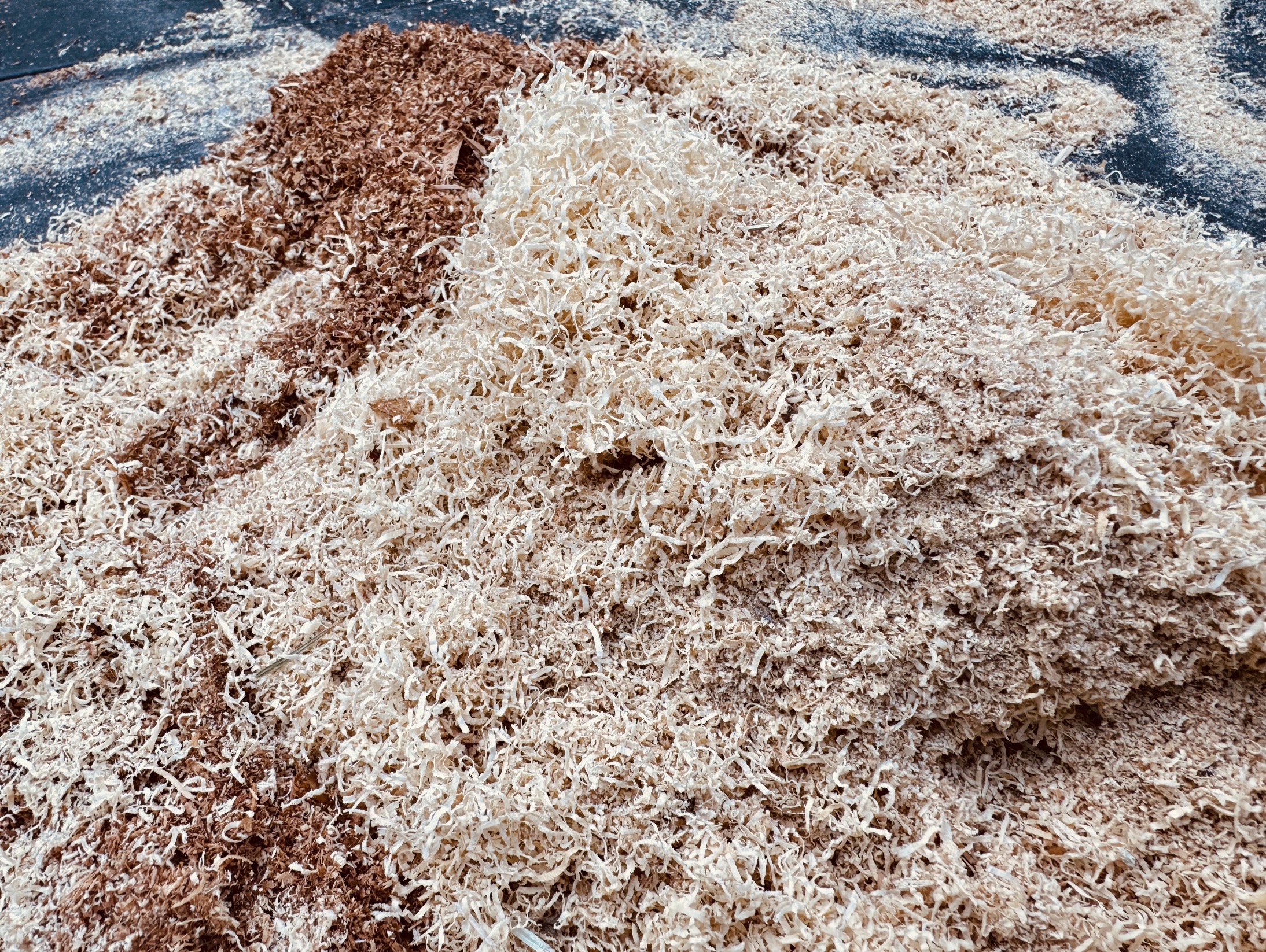 Kapuskasing Mayor Dave Plourde says after receiving good news on Friday, Kap Paper is slowly getting up and running again. Plourde said the facility was idle for about six weeks after the board ran out of funds to pay employees. Now the community is relieved that the federal and provincial governments have stepped up with close to $29 million to get around 300 people back on the payroll. Plourde said work is underway to plan for the operation’s future. “We started yesterday on the commencement of that,” he said. “It had already been in the works prior to that, but we’re having regular updates and we’re going to make sure that we have something in front of government very soon.” Plourde, who is also chair of the Federation of Northern Ontario Municipalities, said the support is appreciated, but overall, northern Ontario’s forestry sector requires urgent and coordinated action to ensure long-term stability.
Kapuskasing Mayor Dave Plourde says after receiving good news on Friday, Kap Paper is slowly getting up and running again. Plourde said the facility was idle for about six weeks after the board ran out of funds to pay employees. Now the community is relieved that the federal and provincial governments have stepped up with close to $29 million to get around 300 people back on the payroll. Plourde said work is underway to plan for the operation’s future. “We started yesterday on the commencement of that,” he said. “It had already been in the works prior to that, but we’re having regular updates and we’re going to make sure that we have something in front of government very soon.” Plourde, who is also chair of the Federation of Northern Ontario Municipalities, said the support is appreciated, but overall, northern Ontario’s forestry sector requires urgent and coordinated action to ensure long-term stability.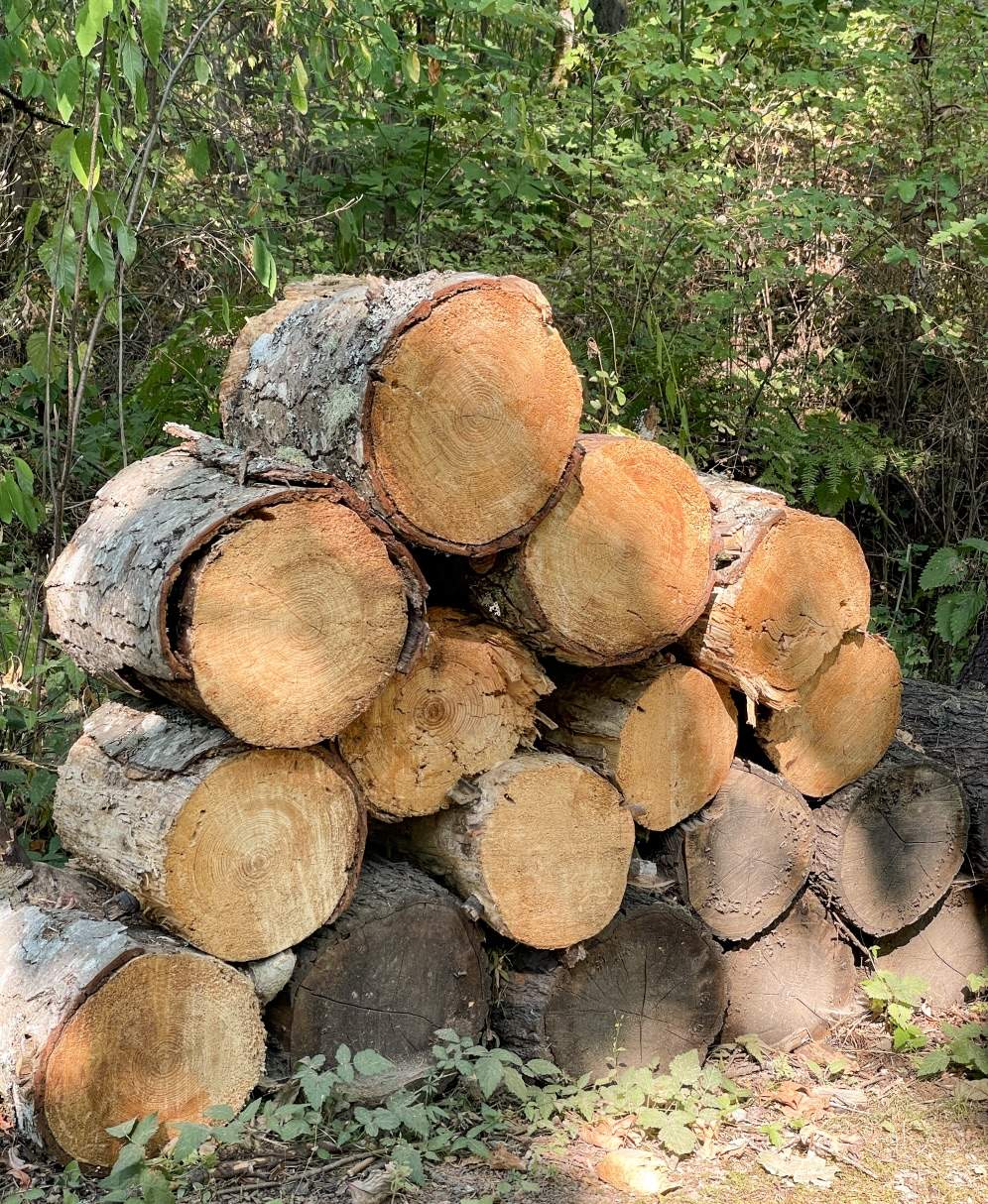 Friday was a good news, bad news day for Northern Ontario’s forest products sector. Folks in Kapukasing are breathing easier…the federal and provincial governments announced they’re contributing a total investment of $28.8 million to sustain the Kapuskasing paper mill for the short term. Broken down, the province is spending $16.8 million, while the feds are chipping in $12 million. …However, forestry’s shaky conditions have put another community in peril [with] Interfor indefinitely shutting down its Ear Falls sawmill. …Unifor is calling for immediate action involving all levels of government to develop an industrial strategy for the forestry sector… The Northwestern Ontario Municipal Association and the Federation of Northern Ontario Municipalities issued a joint statement that “urgent and coordinated action is required to ensure long-term stability across Northern Ontario’s forestry and resource sectors.” The best outcome, the group said, is for government to strike a long-term trade deal with the U.S. to ensure economic and employment stability.
Friday was a good news, bad news day for Northern Ontario’s forest products sector. Folks in Kapukasing are breathing easier…the federal and provincial governments announced they’re contributing a total investment of $28.8 million to sustain the Kapuskasing paper mill for the short term. Broken down, the province is spending $16.8 million, while the feds are chipping in $12 million. …However, forestry’s shaky conditions have put another community in peril [with] Interfor indefinitely shutting down its Ear Falls sawmill. …Unifor is calling for immediate action involving all levels of government to develop an industrial strategy for the forestry sector… The Northwestern Ontario Municipal Association and the Federation of Northern Ontario Municipalities issued a joint statement that “urgent and coordinated action is required to ensure long-term stability across Northern Ontario’s forestry and resource sectors.” The best outcome, the group said, is for government to strike a long-term trade deal with the U.S. to ensure economic and employment stability. The Canadian government has opened applications for a $700 million loan guarantee program that helps lumber companies weather mounting US tariffs that have pushed some firms into bankruptcy. The Business Development Bank of Canada
The Canadian government has opened applications for a $700 million loan guarantee program that helps lumber companies weather mounting US tariffs that have pushed some firms into bankruptcy. The Business Development Bank of Canada 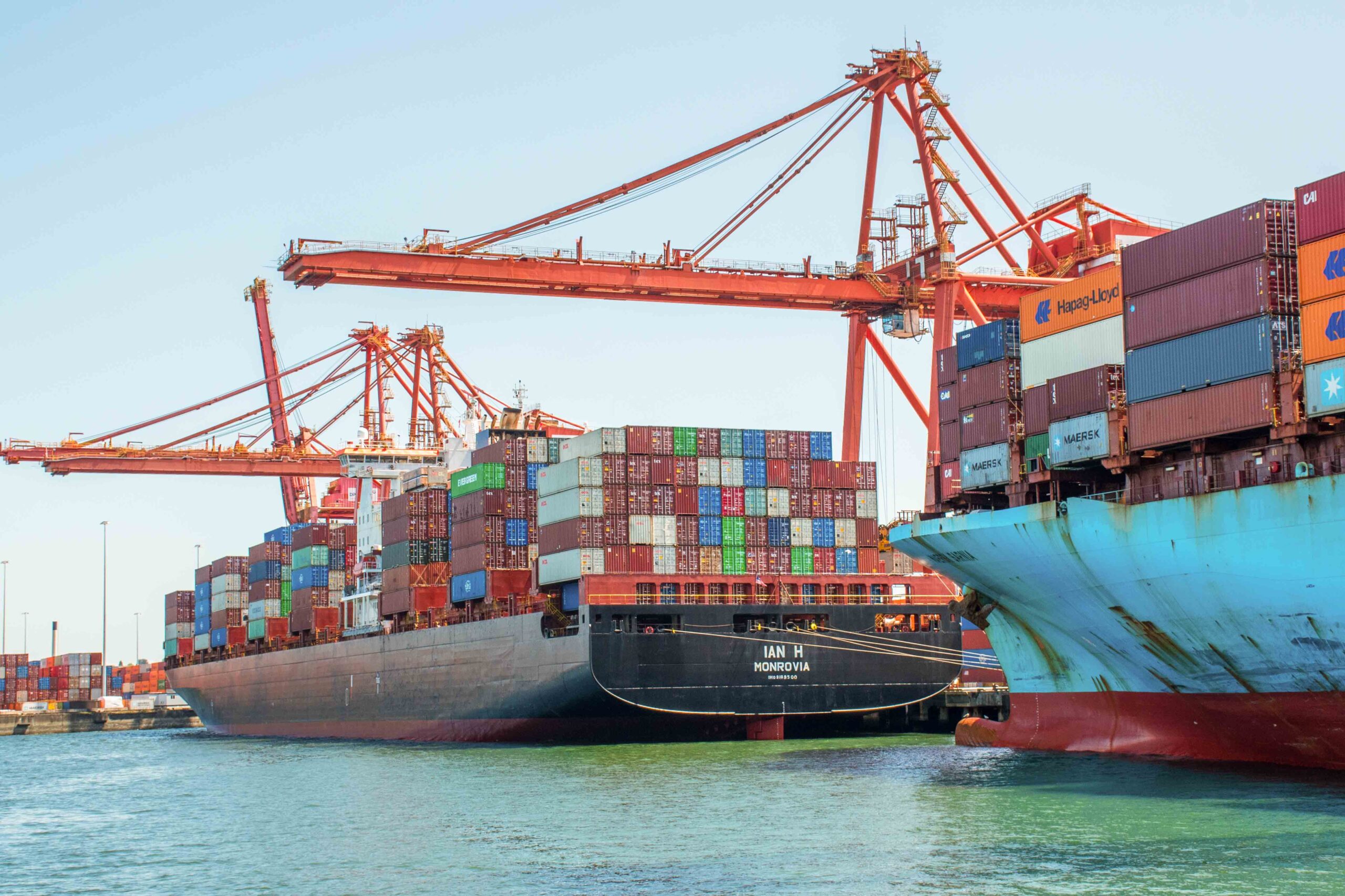 Canada’s merchandise exports fell by three per cent in August to a seasonally adjusted $60.5 billion. This was the second lowest month of the year after April as sales to the U.S. retreated. Imports rose by 0.9 per cent to a seasonally adjusted $66.9 billion during the month. Consequently, the trade deficit grew to $6.3 billion, down from a revised $3.8 billion in July. …The decline was led by a 21.2 per cent drop in forestry products and a 12.5 per cent decline in energy products. The steep decline in forestry products in August 2025 followed the increase of anti-dumping and countervailing duty rates on Canadian softwood lumber that took effect in the U.S. in late July and early August. Section 232 tariffs on lumber in effect in October will be a further headwind. …Year-to-date exports are down slightly (-0.1 per cent) with lower forestry products and building and packaging materials exports (-6.1 per cent)
Canada’s merchandise exports fell by three per cent in August to a seasonally adjusted $60.5 billion. This was the second lowest month of the year after April as sales to the U.S. retreated. Imports rose by 0.9 per cent to a seasonally adjusted $66.9 billion during the month. Consequently, the trade deficit grew to $6.3 billion, down from a revised $3.8 billion in July. …The decline was led by a 21.2 per cent drop in forestry products and a 12.5 per cent decline in energy products. The steep decline in forestry products in August 2025 followed the increase of anti-dumping and countervailing duty rates on Canadian softwood lumber that took effect in the U.S. in late July and early August. Section 232 tariffs on lumber in effect in October will be a further headwind. …Year-to-date exports are down slightly (-0.1 per cent) with lower forestry products and building and packaging materials exports (-6.1 per cent)



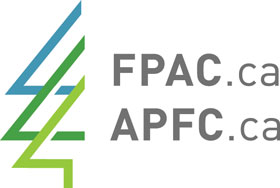 Forest Products Association of Canada (FPAC) President and CEO Derek Nighbor released the following statement following yesterday’s EU Commission proposal related to the implementation of the EU Deforestation-free Product Regulation (EUDR). “This proposal does not address real concerns with an EU Information Technology (IT) system that is still not fit for purpose and does not address concerns raised by micro- and small businesses part of the integrated supply chain for larger organizations. “We would like to see practical simplification of the EUDR, that appropriately recognizes low-risk third countries such as Canada, as well as EU Member States. We are committed to work quickly with global partners to find an improved proposal, that will both meet the intent of the Regulation, while also enabling strong and vibrant trading relationships, as committed to in the June 2025 strategic partnership between the European Union and Canada.
Forest Products Association of Canada (FPAC) President and CEO Derek Nighbor released the following statement following yesterday’s EU Commission proposal related to the implementation of the EU Deforestation-free Product Regulation (EUDR). “This proposal does not address real concerns with an EU Information Technology (IT) system that is still not fit for purpose and does not address concerns raised by micro- and small businesses part of the integrated supply chain for larger organizations. “We would like to see practical simplification of the EUDR, that appropriately recognizes low-risk third countries such as Canada, as well as EU Member States. We are committed to work quickly with global partners to find an improved proposal, that will both meet the intent of the Regulation, while also enabling strong and vibrant trading relationships, as committed to in the June 2025 strategic partnership between the European Union and Canada.

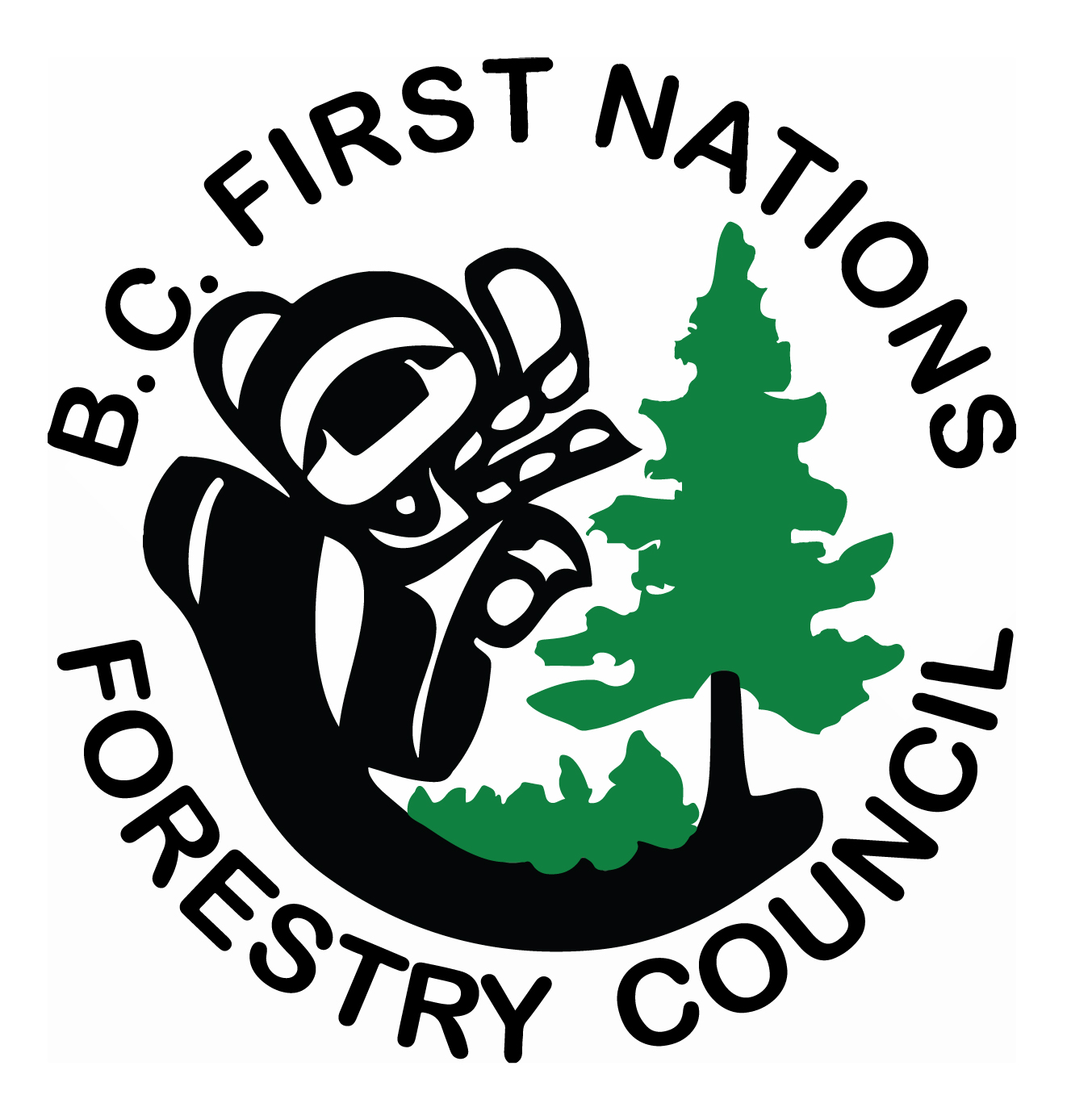 NASHVILLE, Tenn.– LP Building Solutions (LP) announced the continuation of its partnership with the [US based] Forest Workforce Training Institute’s ForestryWorks® program and a new collaboration with the [British Columbia, Canada] First Nations Forestry Council. Both initiatives aim to develop the next generation of forestry professionals and advance sustainable forest management across North America. …“Programs like ForestryWorks and First Nations Forestry Council help ensure forests remain healthy and productive while supporting the future of sustainable forestry,” said LP Chair and CEO Brad Southern. “By investing in tomorrow’s workforce, we’re also investing in the continued success of renewable, high-performance building solutions.” …“We’re pleased to welcome LP Building Solutions as a program partner in advancing Indigenous participation in forestry through the Indigenous Forestry Scholarship Program,” said BC First Nations Forestry Council CEO Lennard (Suxʷsxʷwels) Joe.
NASHVILLE, Tenn.– LP Building Solutions (LP) announced the continuation of its partnership with the [US based] Forest Workforce Training Institute’s ForestryWorks® program and a new collaboration with the [British Columbia, Canada] First Nations Forestry Council. Both initiatives aim to develop the next generation of forestry professionals and advance sustainable forest management across North America. …“Programs like ForestryWorks and First Nations Forestry Council help ensure forests remain healthy and productive while supporting the future of sustainable forestry,” said LP Chair and CEO Brad Southern. “By investing in tomorrow’s workforce, we’re also investing in the continued success of renewable, high-performance building solutions.” …“We’re pleased to welcome LP Building Solutions as a program partner in advancing Indigenous participation in forestry through the Indigenous Forestry Scholarship Program,” said BC First Nations Forestry Council CEO Lennard (Suxʷsxʷwels) Joe. 

 VANCOUVER, BC – NorthX Climate Tech (NorthX), a BC-based innovation catalyst backing the builders of Canadian climate hard tech, today launched a funding opportunity for Canadian wildfire technologies. Through the 2025 Wildfire Tech Call for Innovation, NorthX will provide up to $3 million in non-dilutive investments to Canadian companies developing advanced technologies that prevent mega wildfires, enhance firefighting response, and support faster recovery. “With each passing year, wildfires are posing an ever-growing threat to communities across Canada,” said Sarah Goodman, President & CEO of NorthX. “In response, NorthX led the way with Canada’s first wildfire innovation call in 2024. This new round builds on that success, backing Canadian innovators developing the tools to fight fires, cut emissions, and protect lives.” …Founded in 2021 with an initial investment from the Government of Canada, the BC Government, and Shell Canada, NorthX Climate Tech (NorthX) is a catalyst for climate action…
VANCOUVER, BC – NorthX Climate Tech (NorthX), a BC-based innovation catalyst backing the builders of Canadian climate hard tech, today launched a funding opportunity for Canadian wildfire technologies. Through the 2025 Wildfire Tech Call for Innovation, NorthX will provide up to $3 million in non-dilutive investments to Canadian companies developing advanced technologies that prevent mega wildfires, enhance firefighting response, and support faster recovery. “With each passing year, wildfires are posing an ever-growing threat to communities across Canada,” said Sarah Goodman, President & CEO of NorthX. “In response, NorthX led the way with Canada’s first wildfire innovation call in 2024. This new round builds on that success, backing Canadian innovators developing the tools to fight fires, cut emissions, and protect lives.” …Founded in 2021 with an initial investment from the Government of Canada, the BC Government, and Shell Canada, NorthX Climate Tech (NorthX) is a catalyst for climate action…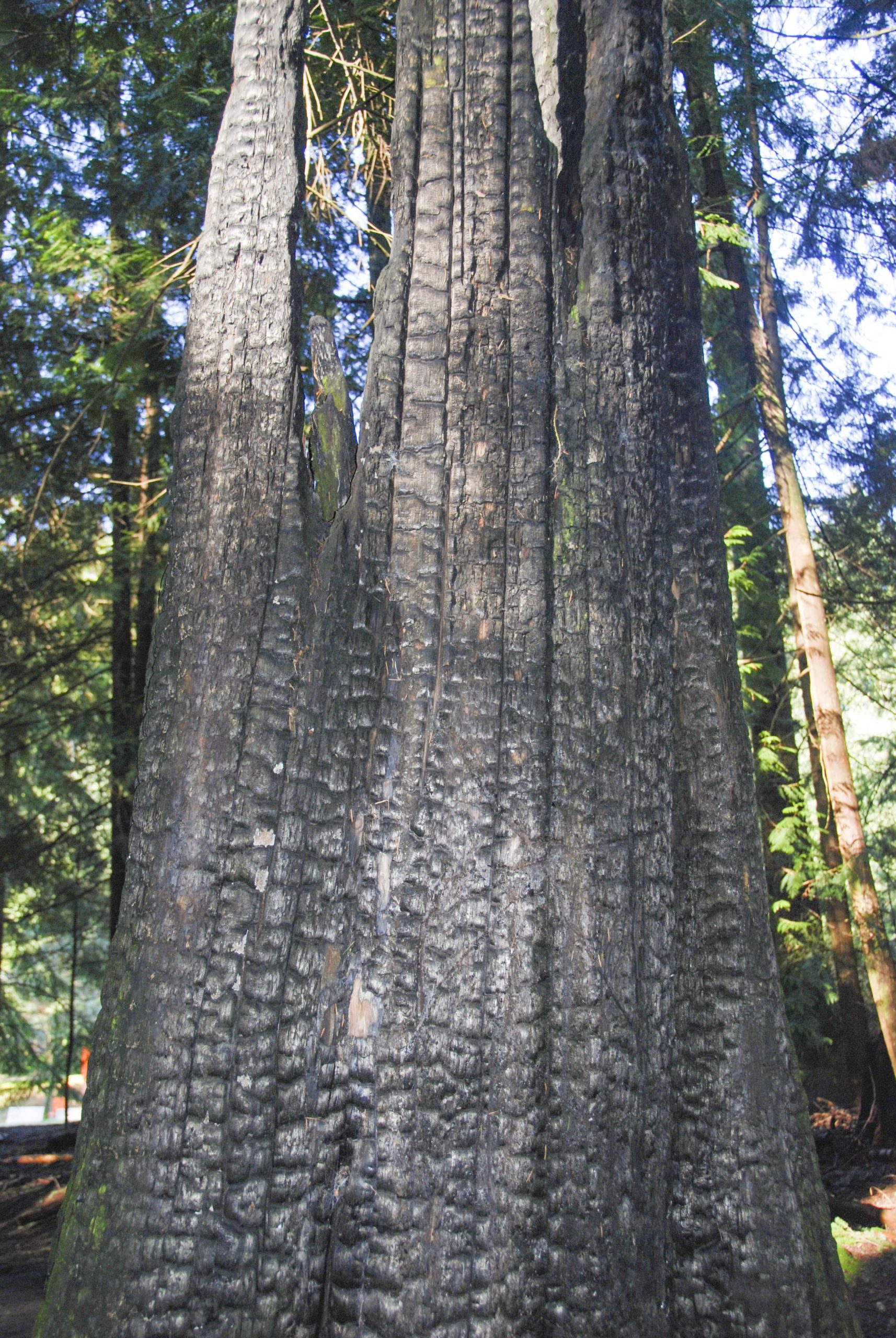 Two new reports on the July 2024 devastating wildfire in Jasper, Alta., confirm the blaze was caused by lightning and accelerated by “tornado-force fire-generated” winds and dry conditions. The fire — three separate blazes that merged into one — destroyed a third of the community’s structures. It forced 25,000 residents and displaced an estimated 2,000 people. The reports, commissioned by Parks Canada, say efforts to reduce fuel for wildfires, including prescribed burns, helped mitigate the blaze. But one of the reports, which looks at how the fire formed and developed, says more burns and other attempts to reduce fuel would have been beneficial, since the fire began in an area south of town that had not burned or been treated in over a century. …The reports come after the town published its own fire report earlier this year, leading to controversy with the province as it said Premier Danielle Smith’s government caused command challenges in the fire response.
Two new reports on the July 2024 devastating wildfire in Jasper, Alta., confirm the blaze was caused by lightning and accelerated by “tornado-force fire-generated” winds and dry conditions. The fire — three separate blazes that merged into one — destroyed a third of the community’s structures. It forced 25,000 residents and displaced an estimated 2,000 people. The reports, commissioned by Parks Canada, say efforts to reduce fuel for wildfires, including prescribed burns, helped mitigate the blaze. But one of the reports, which looks at how the fire formed and developed, says more burns and other attempts to reduce fuel would have been beneficial, since the fire began in an area south of town that had not burned or been treated in over a century. …The reports come after the town published its own fire report earlier this year, leading to controversy with the province as it said Premier Danielle Smith’s government caused command challenges in the fire response. CAMPBELL RIVER – The Forest Practices Board will conduct an audit of Aat’uu Forestry Limited Partnership’s Forest Licence A19236 in the Campbell River Natural Resource District of the North Island Timber Supply Area, starting Monday, Oct. 20, 2025. The audit will examine whether forestry activities carried out between Oct. 1, 2023, and Oct. 24, 2025, comply with the Forest and Range Practices Act and the Wildfire Act. …Forest Licence A19236 is held by Aat’uu Forestry Limited Partnership, a company owned by the Ehattesaht First Nation, and is managed by Strategic Natural Resource Group from its Campbell River office. The licence covers an operating area of about 60,000 hectares, of which Aat’uu currently manages an allowable annual cut of approximately 50,000 cubic metres. The audit area is on the west coast of Vancouver Island, about 70 kilometres south of Port McNeill, near the community of Zeballos, within Ehattesaht territory and neighbouring territories of the Nuchatlaht and Ka:’yu:’k’t’h’/Che:k:tles7et’h’ Nations.
CAMPBELL RIVER – The Forest Practices Board will conduct an audit of Aat’uu Forestry Limited Partnership’s Forest Licence A19236 in the Campbell River Natural Resource District of the North Island Timber Supply Area, starting Monday, Oct. 20, 2025. The audit will examine whether forestry activities carried out between Oct. 1, 2023, and Oct. 24, 2025, comply with the Forest and Range Practices Act and the Wildfire Act. …Forest Licence A19236 is held by Aat’uu Forestry Limited Partnership, a company owned by the Ehattesaht First Nation, and is managed by Strategic Natural Resource Group from its Campbell River office. The licence covers an operating area of about 60,000 hectares, of which Aat’uu currently manages an allowable annual cut of approximately 50,000 cubic metres. The audit area is on the west coast of Vancouver Island, about 70 kilometres south of Port McNeill, near the community of Zeballos, within Ehattesaht territory and neighbouring territories of the Nuchatlaht and Ka:’yu:’k’t’h’/Che:k:tles7et’h’ Nations.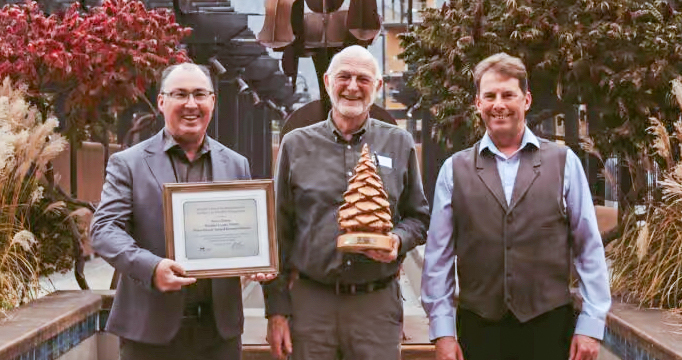

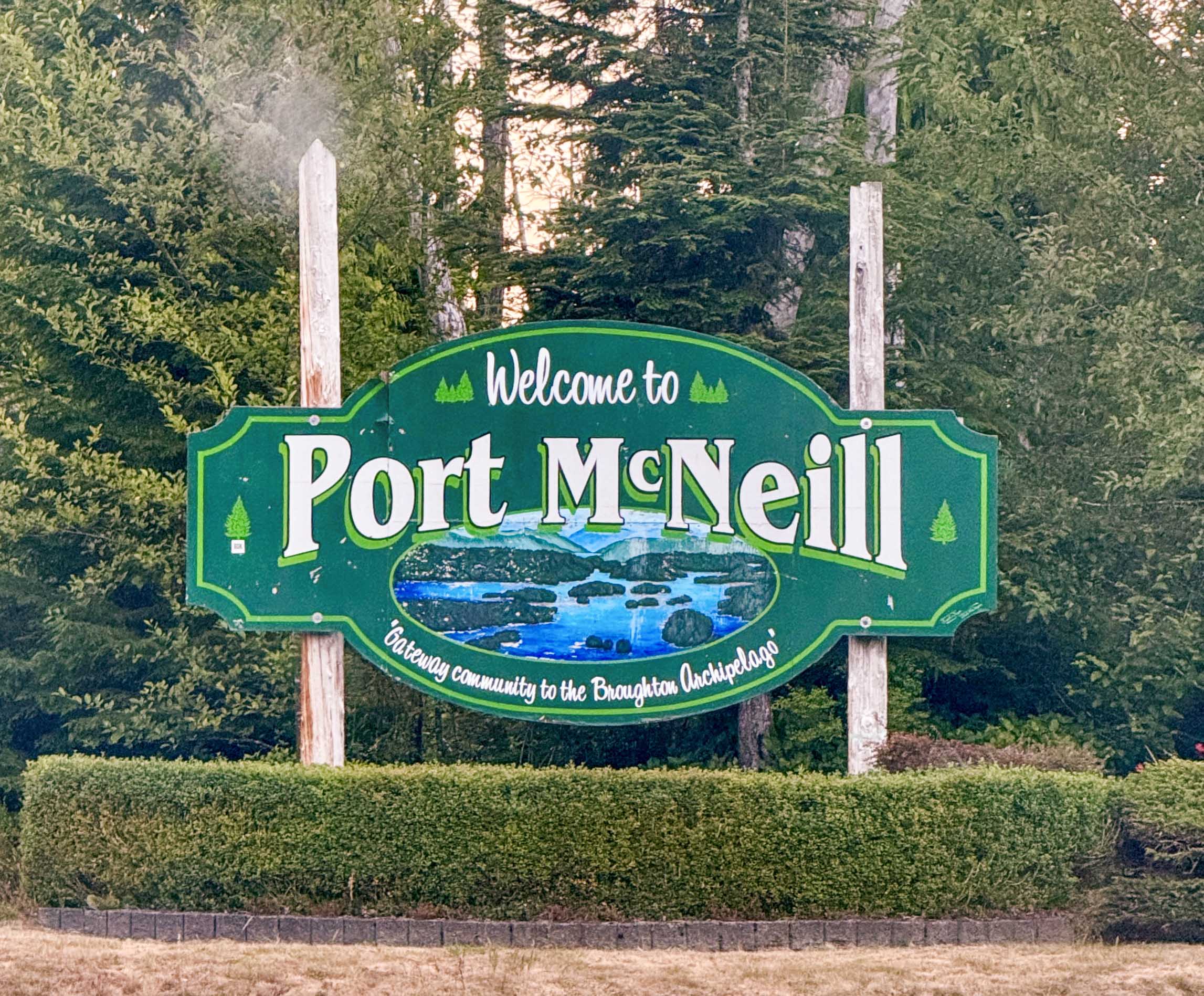 The Forest Practices Board, an independent watchdog, is set to conduct an audit on a forestry operation near Port McNeill. The Aat’uu Forestry Limited Partnership’s Forest Licence A19236 in the Campbell River Natural Resource District of the North Island Timber Supply Area is the subject of the audit, starting on Oct. 20. “The audit will examine whether forestry activities carried out between Oct. 1, 2023, and Oct. 24, 2025, comply with the Forest and Range Practices Act and the Wildfire Act,” reads a press release from the Forest Practices Board. “Activities subject to audit include timber harvesting; road and bridge construction, maintenance, and deactivation; silviculture; wildfire protection; and related operational planning.” The Aat’uu Forestery Limited Partnership is a company owned by the Ehattesaht First Nation. It is managed by Strategic Natural Resource Group from an office in Campbell River.
The Forest Practices Board, an independent watchdog, is set to conduct an audit on a forestry operation near Port McNeill. The Aat’uu Forestry Limited Partnership’s Forest Licence A19236 in the Campbell River Natural Resource District of the North Island Timber Supply Area is the subject of the audit, starting on Oct. 20. “The audit will examine whether forestry activities carried out between Oct. 1, 2023, and Oct. 24, 2025, comply with the Forest and Range Practices Act and the Wildfire Act,” reads a press release from the Forest Practices Board. “Activities subject to audit include timber harvesting; road and bridge construction, maintenance, and deactivation; silviculture; wildfire protection; and related operational planning.” The Aat’uu Forestery Limited Partnership is a company owned by the Ehattesaht First Nation. It is managed by Strategic Natural Resource Group from an office in Campbell River.
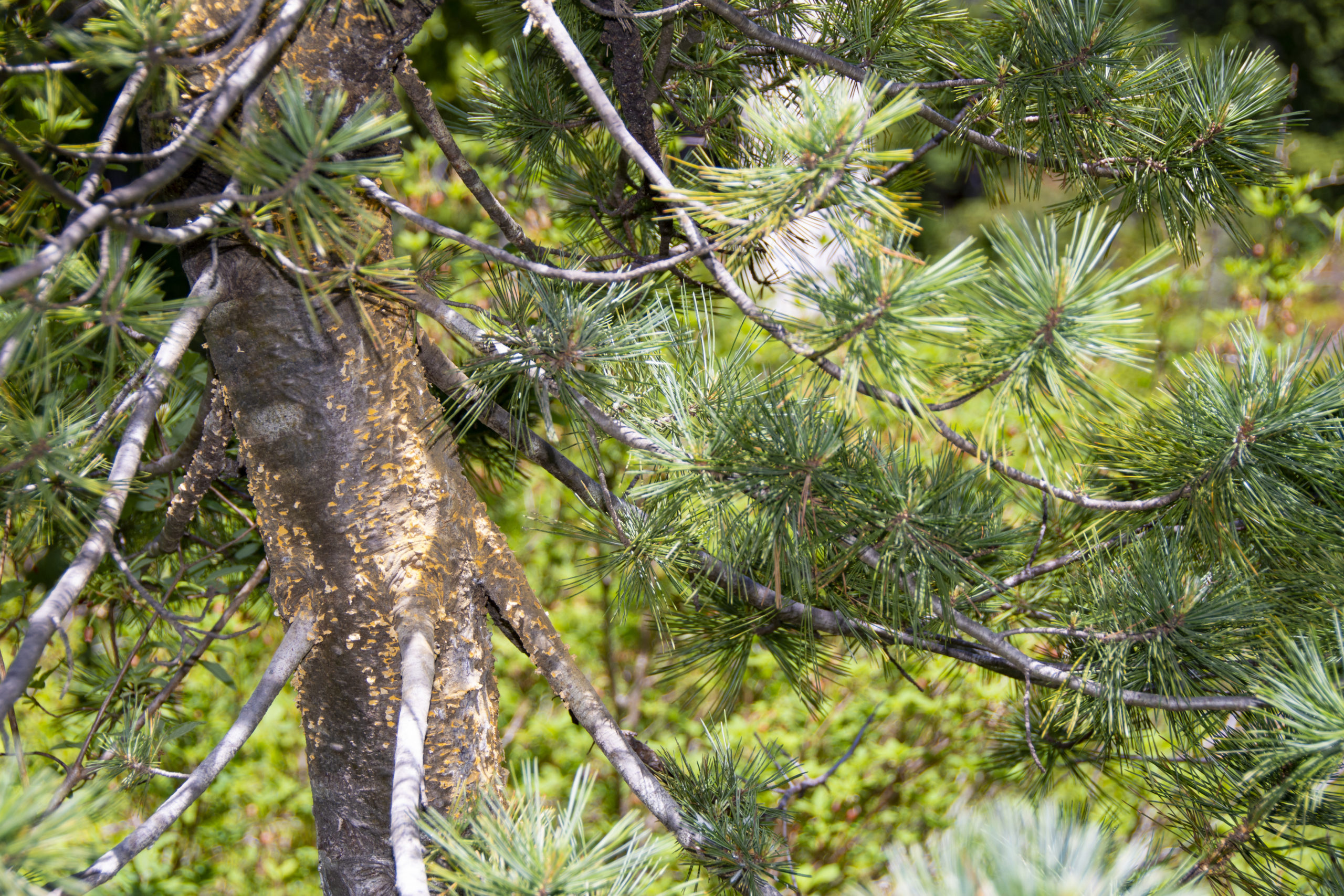 Ecological stoichiometry can help clarify how symbionts and other co-occurring organisms mediate nutrient deficiencies for hosts. We used ecological stoichiometry (comparisons of elemental compositions in food vs consumer) to investigate whether obligate mutualist fungi (Grosmannia clavigera, Ophiostoma montium) of the tree-killing bark beetle Dendroctonus ponderosae (mountain pine beetle) and the invasive tree pathogenic fungus, Cronartium ribicola (causal agent of the disease white pine blister rust) influenced availability of carbon, nitrogen, and phosphorus to the beetle in Pinus albicaulis (whitebark pine), as well as how these elements varied among three populations of the tree.
Ecological stoichiometry can help clarify how symbionts and other co-occurring organisms mediate nutrient deficiencies for hosts. We used ecological stoichiometry (comparisons of elemental compositions in food vs consumer) to investigate whether obligate mutualist fungi (Grosmannia clavigera, Ophiostoma montium) of the tree-killing bark beetle Dendroctonus ponderosae (mountain pine beetle) and the invasive tree pathogenic fungus, Cronartium ribicola (causal agent of the disease white pine blister rust) influenced availability of carbon, nitrogen, and phosphorus to the beetle in Pinus albicaulis (whitebark pine), as well as how these elements varied among three populations of the tree. 
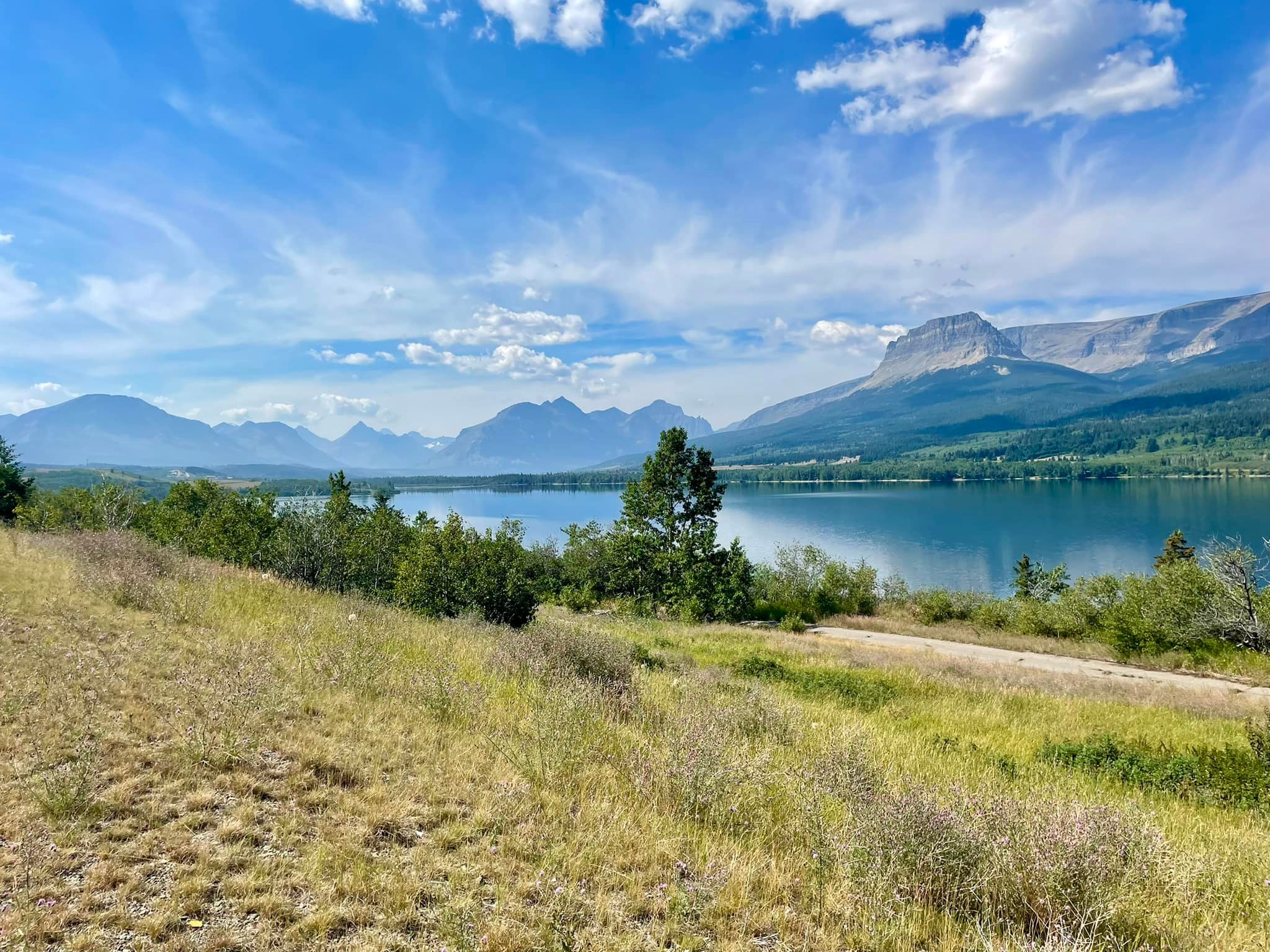 The Fix Our Forests Act passed out of a Senate committee Tuesday, and now heads to a full vote. Some environmental groups are warning that a federal bill intended to prevent major wildfires could effectively increase logging, cattle grazing and mining on federal lands — which make up half of Oregon’s land base. The bipartisan Fix Our Forests Act passed out of the U.S. Senate Agriculture Committee on Tuesday and now heads to the Senate floor for a final vote. It could overhaul how the nation prepares its land for wildfires, while also scaling back environmental oversight of land management projects. The bill has conservationists divided. On one side, some advocates say it would bring long-needed changes by fast-tracking prescribed fires. …On the other side, environmental groups say the bill significantly weakens environmental protections and public oversight.
The Fix Our Forests Act passed out of a Senate committee Tuesday, and now heads to a full vote. Some environmental groups are warning that a federal bill intended to prevent major wildfires could effectively increase logging, cattle grazing and mining on federal lands — which make up half of Oregon’s land base. The bipartisan Fix Our Forests Act passed out of the U.S. Senate Agriculture Committee on Tuesday and now heads to the Senate floor for a final vote. It could overhaul how the nation prepares its land for wildfires, while also scaling back environmental oversight of land management projects. The bill has conservationists divided. On one side, some advocates say it would bring long-needed changes by fast-tracking prescribed fires. …On the other side, environmental groups say the bill significantly weakens environmental protections and public oversight.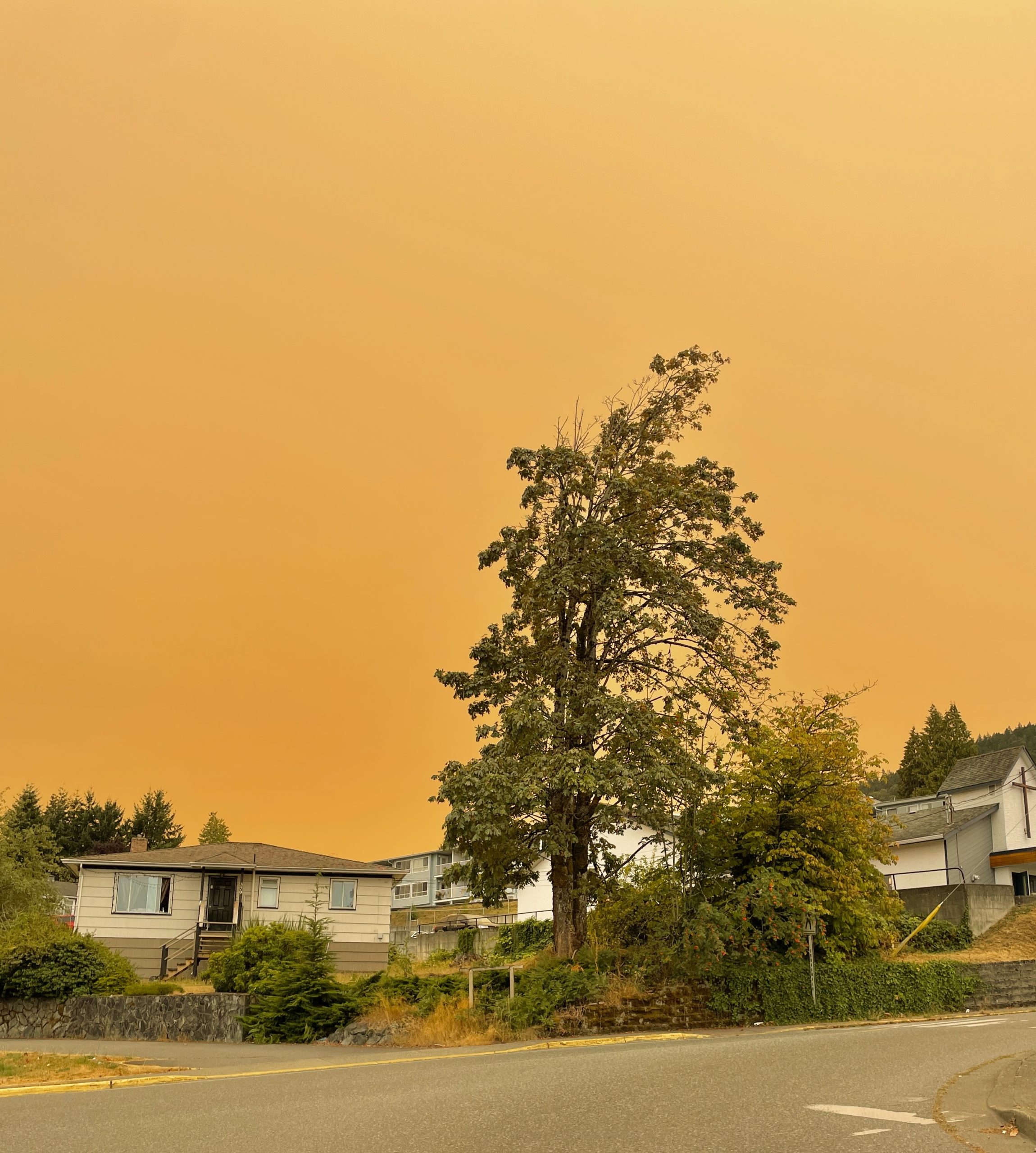 Oregon’s 2025 fire season officially wrapped up Friday with significantly fewer acres burned — and at a lower cost to the state — than in previous years. But fires this year got much closer to communities, burning 200 homes and structures. …And humans caused most of this year’s fires. Oregon experienced more than 1,100 fires from early June to mid-October. They burned roughly 350,000 acres, far less than the 1.9 million acres that burned in 2024. Fires this year also cost the state less to fight. …The U.S. Forest Service has had a target for nearly a century of keeping at least 90% of wildfires from growing larger than 10 acres. But it has come under scrutiny by some indigenous wildfire and ecology experts and scientists, as well as Forest Service scientists. They argue that some wildfires must be allowed to burn more acres to help regenerate plants that support animal habitats, reduce pest infestation and invasive species and keep ecosystems healthy.
Oregon’s 2025 fire season officially wrapped up Friday with significantly fewer acres burned — and at a lower cost to the state — than in previous years. But fires this year got much closer to communities, burning 200 homes and structures. …And humans caused most of this year’s fires. Oregon experienced more than 1,100 fires from early June to mid-October. They burned roughly 350,000 acres, far less than the 1.9 million acres that burned in 2024. Fires this year also cost the state less to fight. …The U.S. Forest Service has had a target for nearly a century of keeping at least 90% of wildfires from growing larger than 10 acres. But it has come under scrutiny by some indigenous wildfire and ecology experts and scientists, as well as Forest Service scientists. They argue that some wildfires must be allowed to burn more acres to help regenerate plants that support animal habitats, reduce pest infestation and invasive species and keep ecosystems healthy.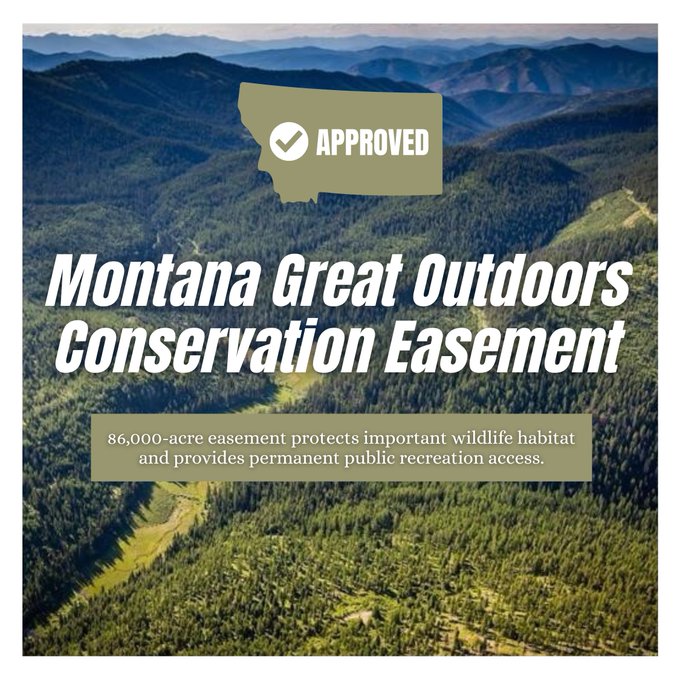




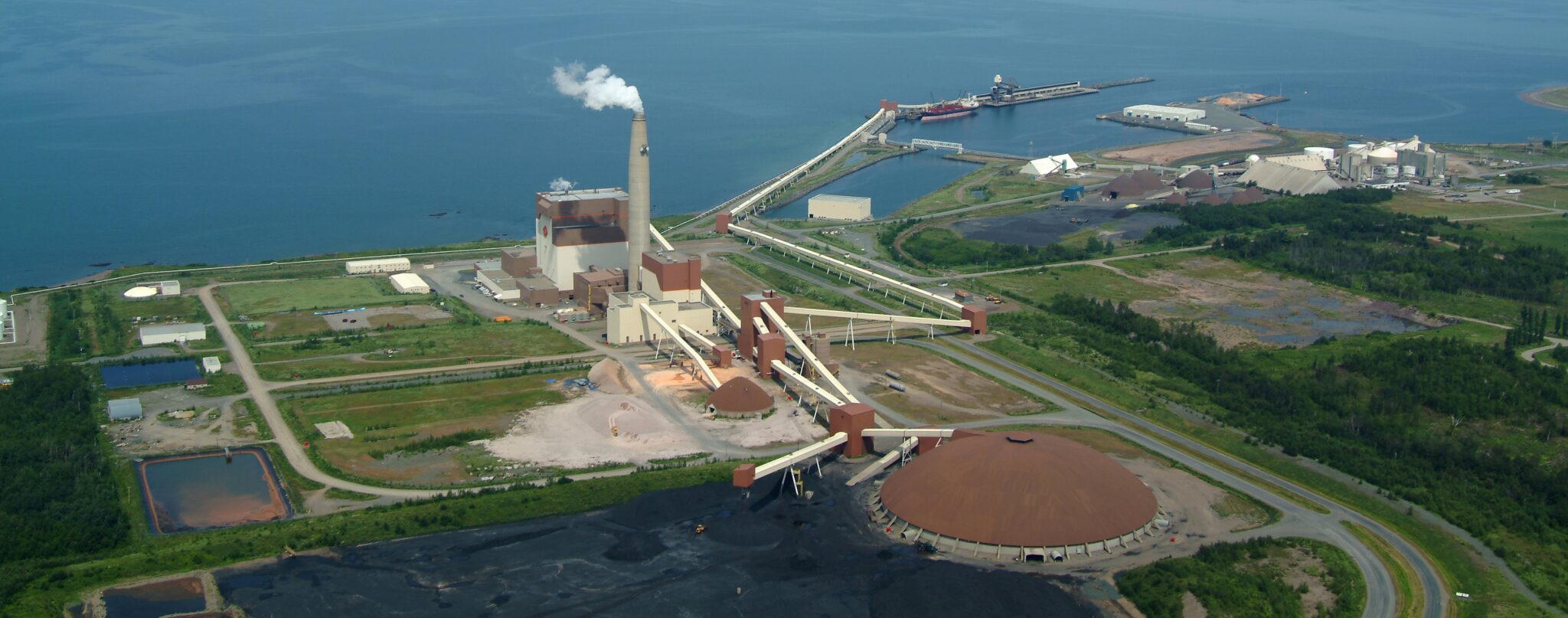

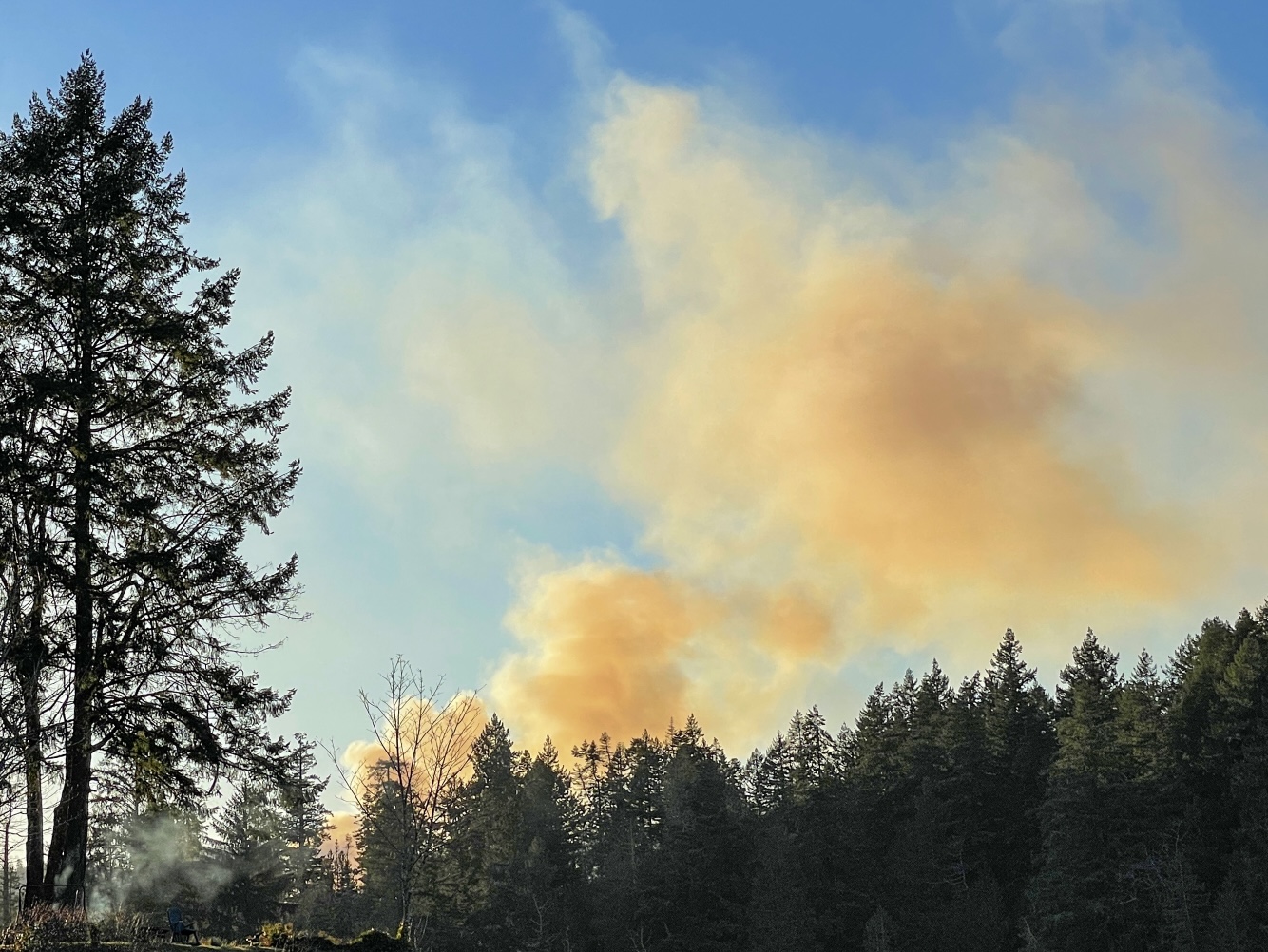 There’s been a cool edge to the air the last week or so. You may have noticed something else in the air, too — smoke. Unfortunately for those with health conditions like respiratory problems and heart disease, and for those who don’t want to develop them, two jurisdictions in the Cowichan Valley still allow at least some backyard burning, and wood burning appliances are still common everywhere in the Cowichan Valley Regional District. The Town of Ladysmith, City of Duncan and Town of Lake Cowichan have completely banned backyard burning. The Municipality of North Cowichan has cut back on what it allows, but there are still large swaths of territory within its boundaries where lighting up a burn pile is still allowed. … Cowichan’s transfer stations accept yard waste free of charge, so people can take their debris there instead of lighting it up. So consider your alternatives, and the people around you before you burn. Smoke travels.
There’s been a cool edge to the air the last week or so. You may have noticed something else in the air, too — smoke. Unfortunately for those with health conditions like respiratory problems and heart disease, and for those who don’t want to develop them, two jurisdictions in the Cowichan Valley still allow at least some backyard burning, and wood burning appliances are still common everywhere in the Cowichan Valley Regional District. The Town of Ladysmith, City of Duncan and Town of Lake Cowichan have completely banned backyard burning. The Municipality of North Cowichan has cut back on what it allows, but there are still large swaths of territory within its boundaries where lighting up a burn pile is still allowed. … Cowichan’s transfer stations accept yard waste free of charge, so people can take their debris there instead of lighting it up. So consider your alternatives, and the people around you before you burn. Smoke travels.
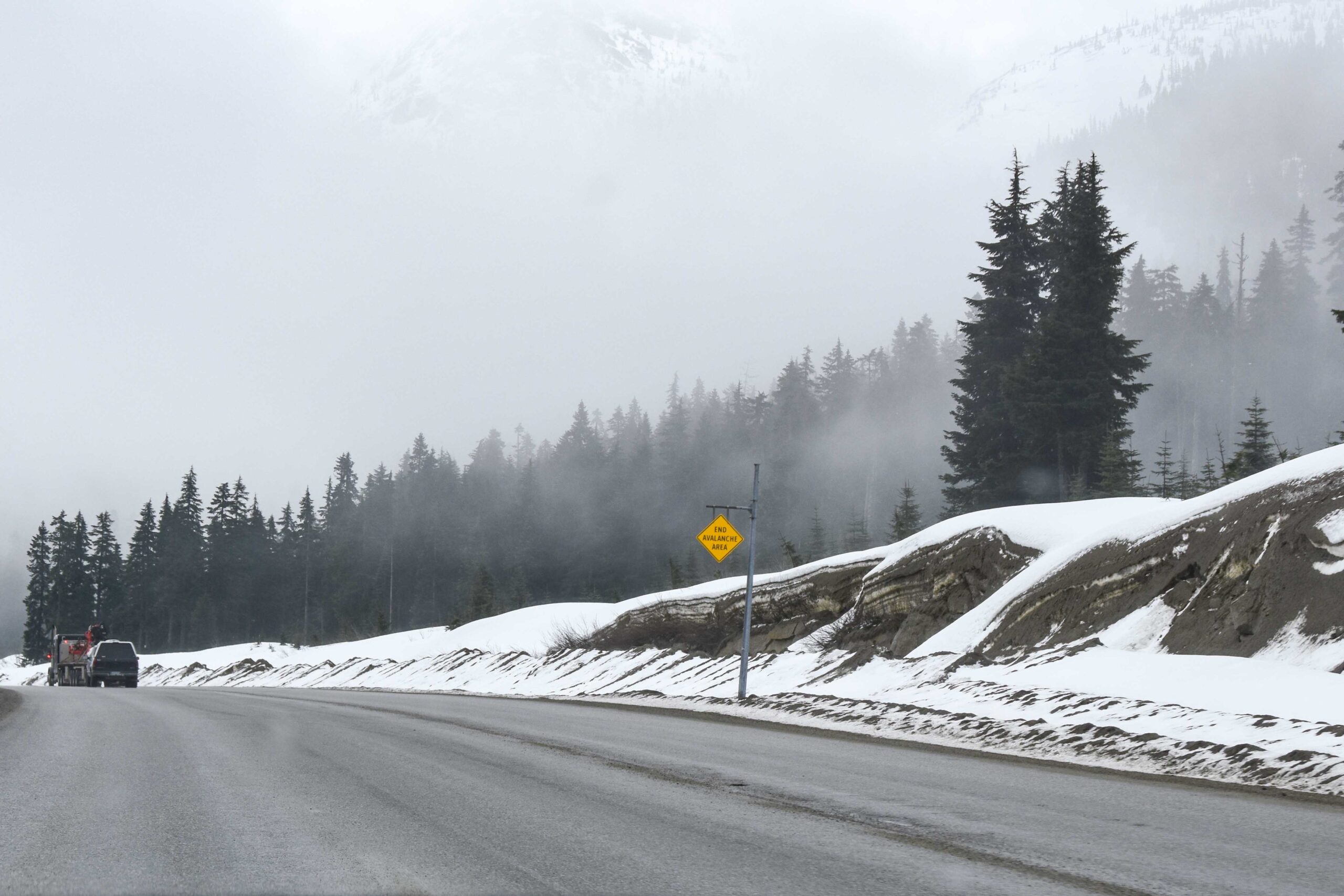 Does your workplace safety program include steps to reduce the risks your drivers face when driving on the job in winter? It needs to. Your safety responsibilities don’t change with the seasons. But you do need to address the additional driving hazards created by winter road and weather conditions. Some of the biggest hazards for log haulers include:
Does your workplace safety program include steps to reduce the risks your drivers face when driving on the job in winter? It needs to. Your safety responsibilities don’t change with the seasons. But you do need to address the additional driving hazards created by winter road and weather conditions. Some of the biggest hazards for log haulers include: